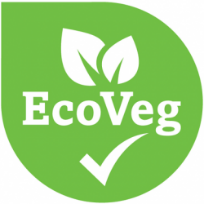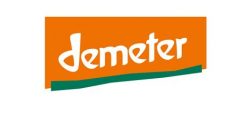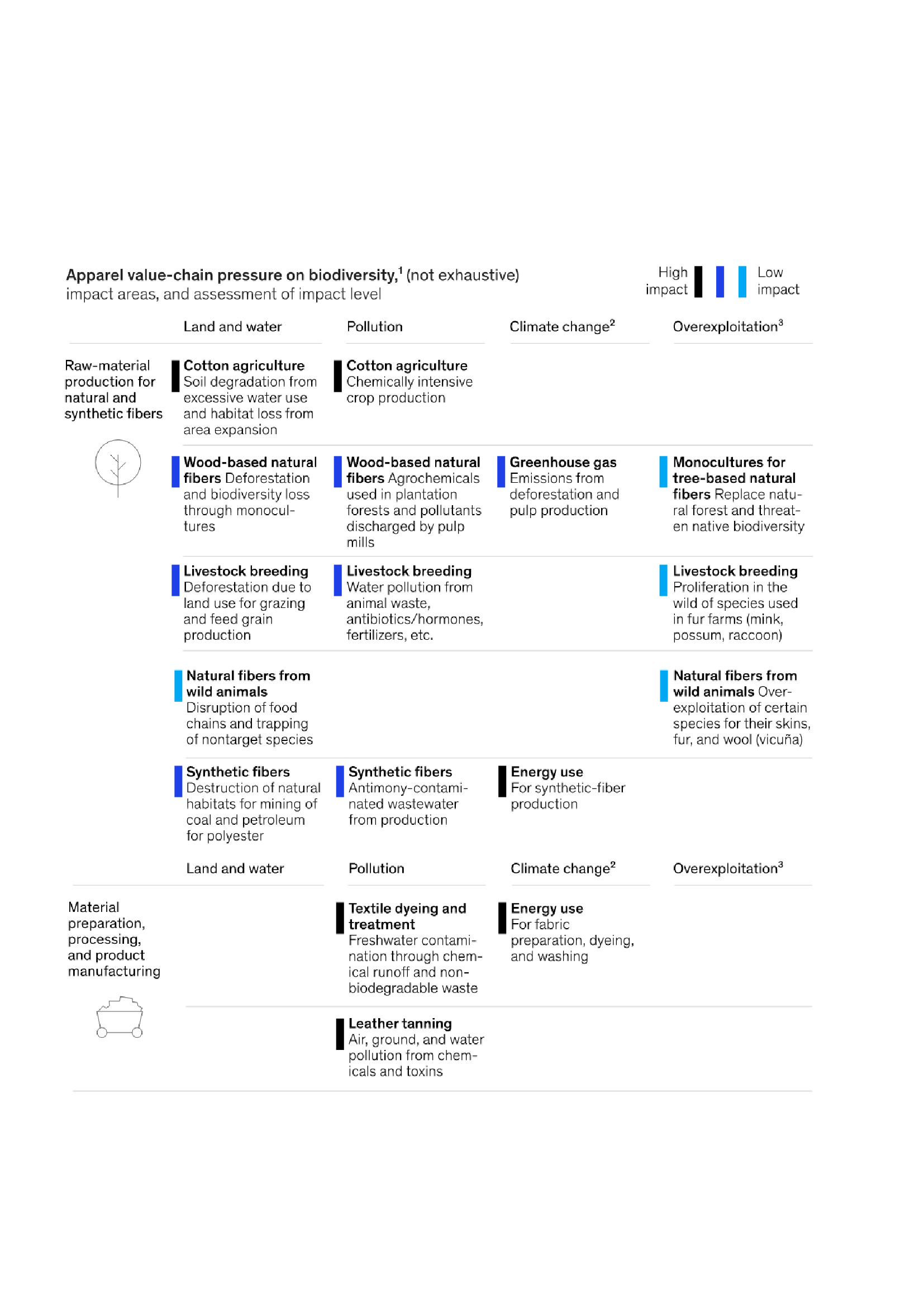The Convention on Biodiversity (CBD) is an international environmental agreement and forms the world's most important contract on the subject of biodiversity. A total of 196 countries - including all countries of the project partners - have committed themselves to this agreement. In Article 2 Biodiversity is defined as the variability among living organisms from all sources including terrestrial, marine and other aquatic ecosystems and the ecological complexes of which they are part; this includes diversity within species, between species and of ecosystems. (Convention on Biological Diversity, 1992)
The value of biodiversity is multifaceted and affects every person and economic operator without exception. Among other things, the following six values can be recorded (Krishi Siksha, 2011):
1. Consumptive use value: The diversity of organisms provide, among others: food, clothing, shelter, medicines, proteins, enzymes, papers, beverages, and narcotics
2. Productive use value: Bio-rich areas are searched for potential genetic properties in plants or animals that can be used to develop better varieties of crops for use in farming and plantation programs or to develop better livestock. To the pharmacist, biological diversity is the main source of new drugs, which can be identified from plant or animal products. To industrialists, biodiversity is a rich storehouse that drives the creation of new products. For the agricultural scientist, biodiversity is the basis for the development of better crops.
3. Social values: People value biodiversity as a part of their livelihood as well as through cultural and religious sentiments. A great variety of crops have been cultivated in traditional agricultural systems that permitted a wide range of products to be grown and marketed throughout the year, thus acting as an insurance against the failure of any one crop.
4. Ethical and moral values: Ethical values related to biodiversity conservation are based on the importance of protecting all forms of life against illegal activities like the smuggling of rare organisms, valuable for the maintenance of biodiversity, as well as bio-piracy, illicit trade, etc.
5. Aesthetic value: Biodiversity is a direct source of pleasure and aesthetic satisfaction – it is a contribution to humanity’s quality of life, outdoor recreation and scenic enjoyment.
6. Option value: It is impossible to predict which of our species or traditional varieties of crops and animals will be of greatest use in the future. Important ecosystem services and uses for plants and animals are still unknown.
Biodiversity is not only essential for survival, it is also under serious threat. Based on current trends, an estimate of 34,000 plant and 5,200 animal species face extinction. For thousands of years we have been breeding a vast array of domesticated plants and animals important for our nutrition. However, this treasure house is shrinking because modern commercial agriculture focuses on relatively few crop varieties and instead operates more and more monocultures. In addition, about 30% of breeds of the main farm animal species are currently facing a high risk of extinction. While the loss of individual species catches our attention, it is the fragmentation, degradation, and outright loss of forests, wetlands, and other ecosystems that poses the gravest threat to biological diversity. The loss of biodiversity often reduces the productivity of ecosystems, thereby shrinking nature’s basket of goods and services – whether it be food or natural materials for the fashion industry – from which we constantly draw (Convention on Biological Diversity, Sustaining Life on Earth, 2000)





